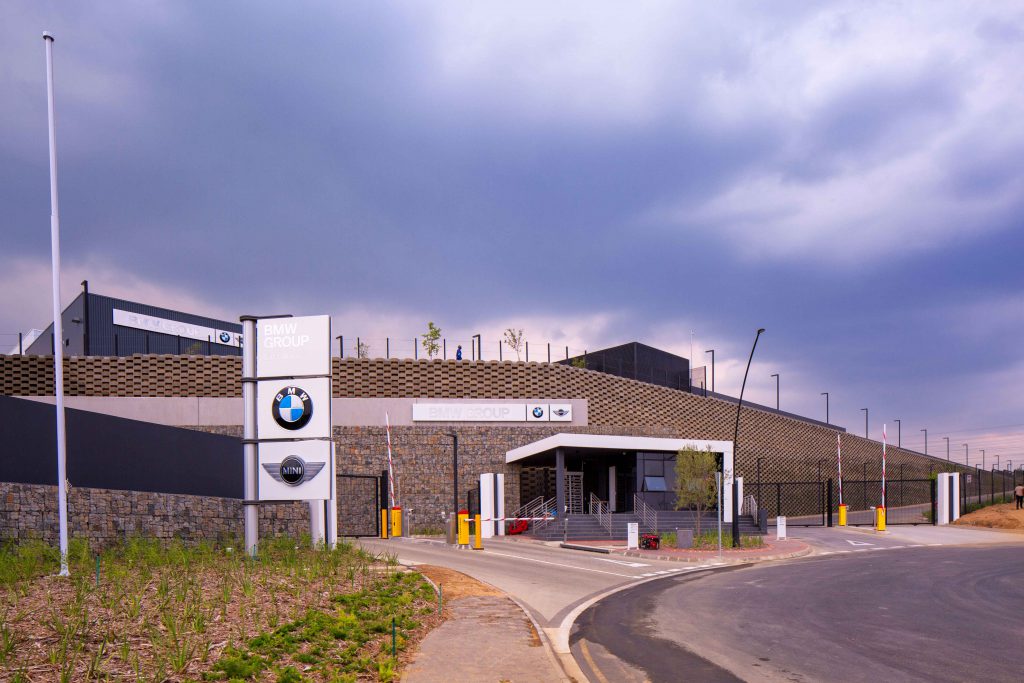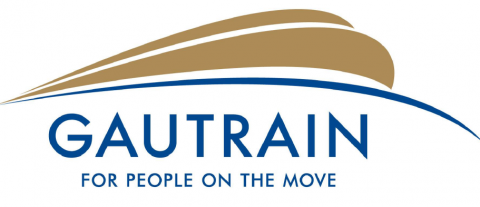Freight, Logistics and Warehousing
REITS Lead SA’s Logistical Land Revolution
Bram Goossens, Equites Property Fund’s chief financial officer, says that despite a lack of accurate statistics on the overall level of logistics-focused investment in the market, a number of big property players have indicated that logistics properties and distribution centres are an area of focus for them.
Equites is the first specialised industrial real estate investment trust (REIT) on the JSE and gives investors exposure to a portfolio of 52 modern logistics properties (as at 2017), including assets almost exclusively tenanted by blue-chip tenants on long leases. These include Simba (Pepsico), Kuehne & Nagel, Puma, DSV, Tesco, Amazon, East Balt, Foschini, Execujet, Digistics, Imperial, Avery Denison, Triton Express, Premier Foods and Barloworld, which deliver 89% of its long-lease revenue.
The crown jewels in the Equites portfolio are three nodes in Gauteng: Meadowview Business Estate in Linbro Park; Lords View Industrial Park in Midrand and the Waterfall Precinct in Midrand.
“To a lesser extent, there has also been a fair amount of development in Cape Town and the greater Durban area,” says Goossens. “Cape Town distribution centres are largely linked to the consumer market in the greater Cape Town area, whereas many of the logistics properties in Durban are linked to imports from the port.”
In 2017-18, Equites completed construction of a 28 527m2 distribution centre and offices for Röhlig-Grindrod and, concluded a development agreement with Federal Mogul for a warehouse with a gross leasable area (GLA) of 9 313m2 and a capital value of R95-million, serving as the South African headquarters of the global business, with completion estimated at February 2019. Equites also acquired an additional 9.6 hectares of land in Gauteng at Meadowview and Lords View, based on a strong conviction that these will continue to be strong logistics nodes. These acquisitions mean that the group has 49.5ha of prime, serviced, industrially zoned land available for development between Cape Town and Gauteng, the primary focus of which will be the development of distribution centres.
The group is also in the final stages of completing a new R165-million fast-moving consumer goods building at Lord’s View and has commenced construction on three speculative units at Equites Park Atlantic Hills, Cape Town, and one at Lords View in Gauteng. Equites has a committed development
and acquisition pipeline of R930-million in South Africa and R855-million in the UK, demonstrating its commitment to the distribution-centre asset class.
Shifting focus
Attacq has a high-quality operational portfolio of retail, commercial and industrial properties with a portfolio value of R20.6-billion. Having converted into a REIT in May 2018, their focus has shifted from providing only capital growth to total return comprising sustainable income distributions as well as capital growth – attracting a wider investor growth base in the process. One of their four self-stated value drivers is the 240ha Waterfall development pipeline in Midrand, comprising retail, office, mixed-use and commercial hub Waterfall City and Waterfall Logistics Hub.
Attacq and BMW South Africa jointly invested about R260-million to create a new 32 000m2 regional distribution centre at Waterfall, with storage space for 600 000 parts and offering the ability to deliver increased flexibility to 56 BMW dealers across Southern Africa.
Giles Pendleton, Head of Development at Attacq, says that the appeal of warehousing and logistics properties to developers and investors includes the fact that they are single-tenanted buildings, have lower operating costs compared with offices, are easier to manage and are less capital intensive.
“Tenants tend not to relocate out of an existing warehouse building as much as office tenants, due to the expense of moving, making the property a more defensive investment than that of a typical office development, and less needs to be spent on the building to update, innovate and keep relevant,” says Pendleton.
Equites’ Goossens adds that modern-spec properties in attractive logistics nodes will benefit from strong occupier demand. “This translates into rental and capital growth over time. Logistics properties are also a lot less management-intensive than most other commercial property classes.”
Going to market
Pendleton, though, believes the recent sentiment that investors are betting more money on distribution centres in South Africa than before is a false one.
“The new development market was more bullish five years ago,” he says. “What distribution centre development does provide clients with is a more defensible investment asset compared to offices and retail development, which are currently saturated. So from this point of view, warehouse developments do provide a good investment case.”
Hotbeds for logistics development in South Africa continue to be Johannesburg (around the N1 corridor as well as the R21, due to proximity to OR Tambo International Airport) and Cape Town, around the Montague area (due to availability of land) as well as the area around Cape Town International Airport.
Goossens says that the hallmarks of a prime warehousing and logistics development include central and safe location, good infrastructure and access to transport nodes. “High-specification properties, which afford large yard areas with high-grade floors and height to allow for a modern and efficient operation are key, with fire protection and sustainability features such as photovoltaic power increasingly playing a role,” he says.
Despite the booming market, Goossens says that South Africa is not a global player in the warehousing and logistics property market but does at least remain well ahead of other African countries in terms of providing customers with an efficient supply chain, supported by relatively good road and other infrastructure, as well as availability of capital and expertise.
Building a fortress
Fortress REIT is another major player in the industry, with 100 logistics-focused properties on its books, totalling 42% of the group’s portfolio – and it has plans to grow its logistics property portfolio to two-thirds of its total portfolio by 2020 with new developments amounting to a combined R1.5-billion.
Fortress CEO Mark Stevens points out that the rebalancing of the company’s property portfolio towards a mix of roughly two-thirds logistics and one-third commuter and rural retail is a reflection of where it envisages growth in the foreseeable future.
“With the newfound optimism in the country, we have seen a noticeable increase in interest from prospective tenants across our entire portfolio,” says Stevens. “However, we believe the logistics and rural retail space offers the best opportunity to capitalise on this growth.”
Fortress is currently developing six new logistics properties and one retail facility with a combined total GLA of over 154 000m2 and a cost of R1.5-billion. In KwaZulu-Natal, the Clairwood Logistics Park, with a GLA of 24 977m2, will be ready to welcome its first tenant in September 2018. Fortress also concluded a lease for the development of Makro’s 22nd store at Cornubia Ridge Logistics Park, in the burgeoning Umhlanga node, with trading set to commence in the first quarter of 2019.
In Gauteng, Fortress has started to develop a second speculative 22 414m2 building at Union Park. The company is also currently developing a new 17 715m2 building on the corner of Nelmapius Drive and Old Pretoria Road to complement its existing buildings at Louwlardia Logistics Park, with negotiations at an advanced stage with a blue-chip user to occupy the property. Also in the works are a 23 569m2 building at Westlake View in Modderfontein and the new 24 700m2 Gauteng distribution centre for Savino Del Bene, as well as a further 21 300m2 building at its development property on the R21 Highway known as Eastport Logistics Park, both in conjunction with M&T Developments.
At the start of 2018, Fortress completed three additional developments with a total GLA of 71 000m2: the 34 025m2 Worldwide Automotive Group building; the 23 642m2 We Buy Cars facility at Centurion’s Louwlardia Logistics Park in Centurion; and a 13 340m2 logistics facility at Union Park that was fully let on completion to Voltex. “All of these developments – the recently completed ones as well as the new developments – are located within logistics parks, which our research has shown provide the best return on investment over time,” says Stevens.
Government support
In terms of a wish list for government support of the industry, Goossens and Pendleton agree that infrastructure and speed of service delivery could be improved. “The quality of port and rail infrastructure is a concern, which hampers greater growth,” says Goossens. “There has been a lot of talk around an inland port near Cato Ridge in KwaZulu-Natal, as well as expansion to the Durban port. These would give a massive boost to logistics in South Africa, as the Durban port is currently a bottleneck.”
Pendleton says that improving service delivery around electricity, service infrastructure, roads and the speed of delivering council approvals for developers would benefit the industry. “Warehousing development is hugely reliant on the economy, so if manufacturing isn’t growing, the demand for new warehouse developments will be limited. For tenants to require new premises, the manufacturing sector needs to be growing – and the lack of macroeconomic growth is the biggest drag on investment at the moment.”






 Sign-up and receive the Business Media MAGS newsletter OR SA Mining newsletter straight to your inbox.
Sign-up and receive the Business Media MAGS newsletter OR SA Mining newsletter straight to your inbox.